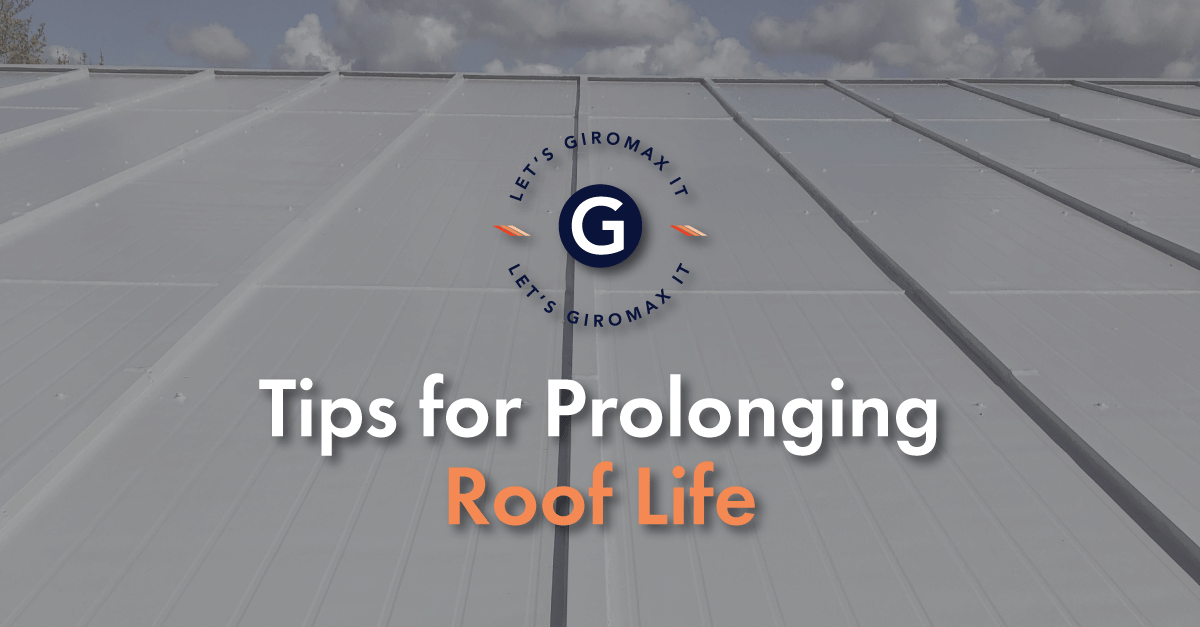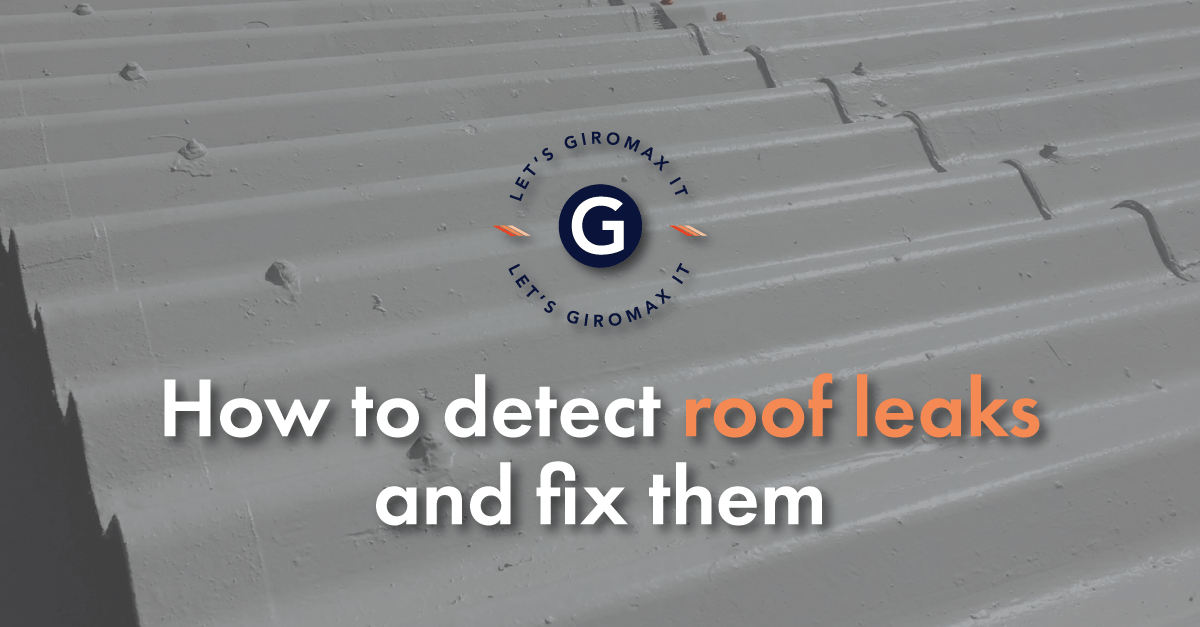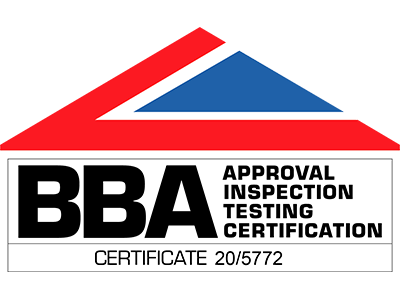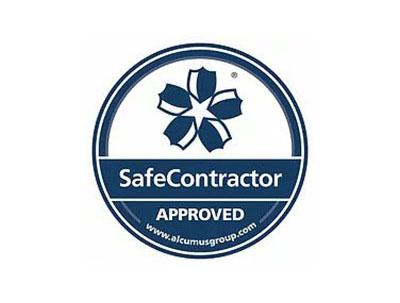Technical Talk: Knowing the coverage rates of coatings | Giromax
This month, we talk to Matt Ward, one of our Technical Services Managers. Matt shares his expertise with us, discussing the importance of good preparation and knowing the coverage rates of coatings. He also shares some recent project experiences.
About Matt
Matt has worked for Giromax since 2021. He’s gained a wealth of knowledge since starting his role and enjoys the ongoing learning. As a Technical Services Manager, he covers the Central Region, from Wales across to Suffolk. Before working for Giromax, Matt was a Business Development Manager in the telecoms industry. His broad range of retail and sales experience in client-facing roles has given him the ability to liaise with different types of people. This has proved essential when advising surveyors and contractors. Read more…
Let’s hear what Matt has to say about the seasonal challenges that have an impact on roofing work, as well as some insights on various projects…
Moisture-tolerant coating systems
Damp conditions
A common challenge for contractors is working to extremely tight timescales for a specified coating system. In autumn 2021, we worked on a dilapidations project in Birmingham with a 10,000 sq. m roof. A silicone system had been specified for the job, but this can only be applied in dry conditions. As a result, the timescale was unrealistic and not achievable.
As Giromax products are moisture tolerant, one of our coating systems was recommended. Being able to apply a coating in damp conditions reduces the amount of downtime for contractors. Most silicone systems require two coats, while many of our products are one-coat systems, which also saves time. The contractor was able to work more efficiently, achieving the timescales required with less disruptions due to weather conditions.
Applying coatings during a heatwave
Hot conditions
When the ambient weather is above 25 degrees, we always advise checking the temperature of the substrate. We have recently been working on a largescale project for a national organisation with multiple hubs, with a collective roof span of 30,000 sq. m (20,000 has been completed so far). Application advice has been the key to success for this job. The project started in April with one aspect completed in August, during the 2022 heatwave.
Due to the high summer temperatures, work had to be carried out early in the morning, with contractors up at 5am to be onsite and applying the coating from 7am. In ambient temperatures of 30 degrees, the substrate can rise to 50 degrees, which makes it impossible to apply a roof coating. The ideal temperature range for application of a roof coating system is over 5 degrees and below 35 degrees. Despite a few small delays caused by the weather, the contractor was able to meet the scope of works and required deadlines.
Close up inspections
All weather conditions
A forthcoming project happening over the winter months and early spring will have to take the changing weather conditions into account. The building is located in Bristol and the roof span is 13,000 sq. m. Our cut edge corrosion treatment has been applied previously, but now the whole roof needs coating. In this instance, the surface will need to be prepared correctly, which will then be followed by a basecoat, sealant and topcoat.
As roof coating systems cannot be applied below 5 degrees or in heavy rain, the cold wintry weather is likely to impact this project. Matt has already surveyed the roof, and once the scaffolding goes up, he will return to the site in January to re-inspect the roof. This enables him to get a close-up view of the roof, which cannot be achieved using a cherry picker or drone. Over the project duration, Matt will do 10 or more site visits before the work is completed.
Coverage rates for coatings
Matt’s role as a Technical Services Manager is very varied and includes advising on snagging, which can occur when the coverage rates have not been checked. He also stresses the importance of correct application.
Preparation is paramount to the success of a job, and if not done correctly, this will cause issues. Operatives also need to know the coverage rates for coatings, which are listed on each specification and involves using a wet film gauge. This helps to minimise snagging, which is time-consuming as you then need to key, clean and reapply.
We’re proud of our hardworking and multiskilled team of Technical Services Managers, who are always on-hand to provide technical advice and recommendations. As the original leader in the roof coating market, we continuously test, develop and improve our products.
If you need technical advice on preparation or application, please speak to the Giromax team or call 01455 558969.
Get updates from us
Sign up to our newsletter to receive all the latest news and insights from Giromax Technology.
Subscribe to NewsletterRelated articles
Pitched Roof Maintenance: Tips for Prolonging Roof Life
Regular pitched roof maintenance cuts repair costs. We share key maintenance tasks, seasonal inspection tips and preventative treatments.
How to detect roof leaks and fix them
Knowing how to detect, fix and prevent roof leaks prevents costly repairs. We share advice on how to inspect the...
Is It Better to Replace or Repair Gutters?
Knowing when to replace or repair gutters will help you plan maintenance costs. We help you spot the signs that...









